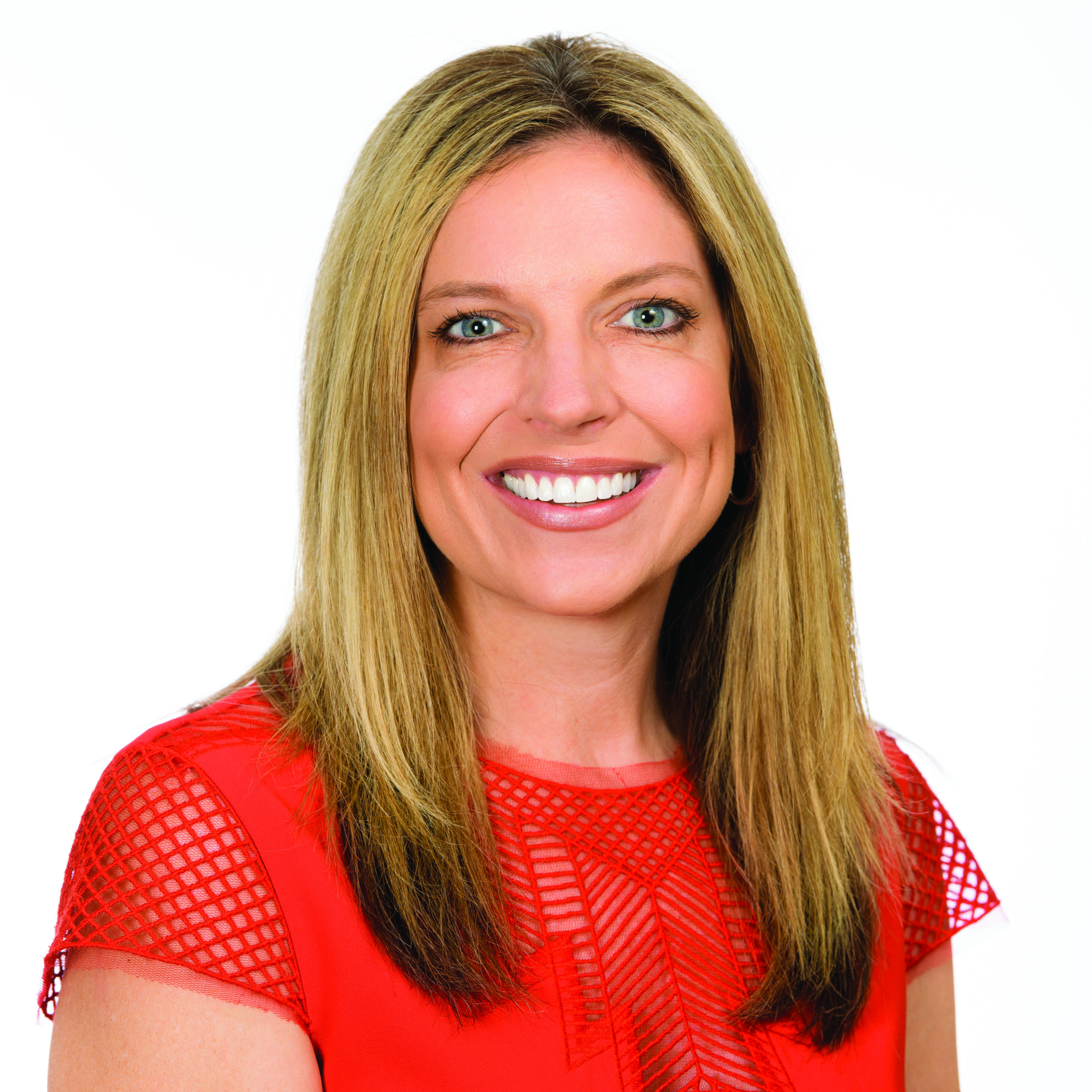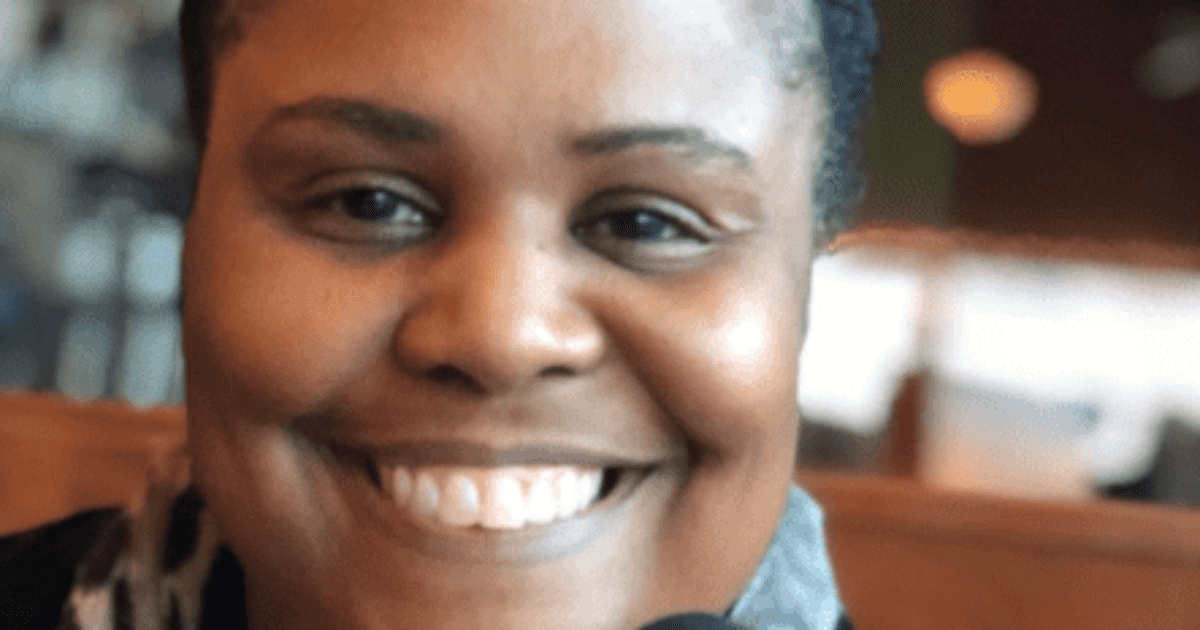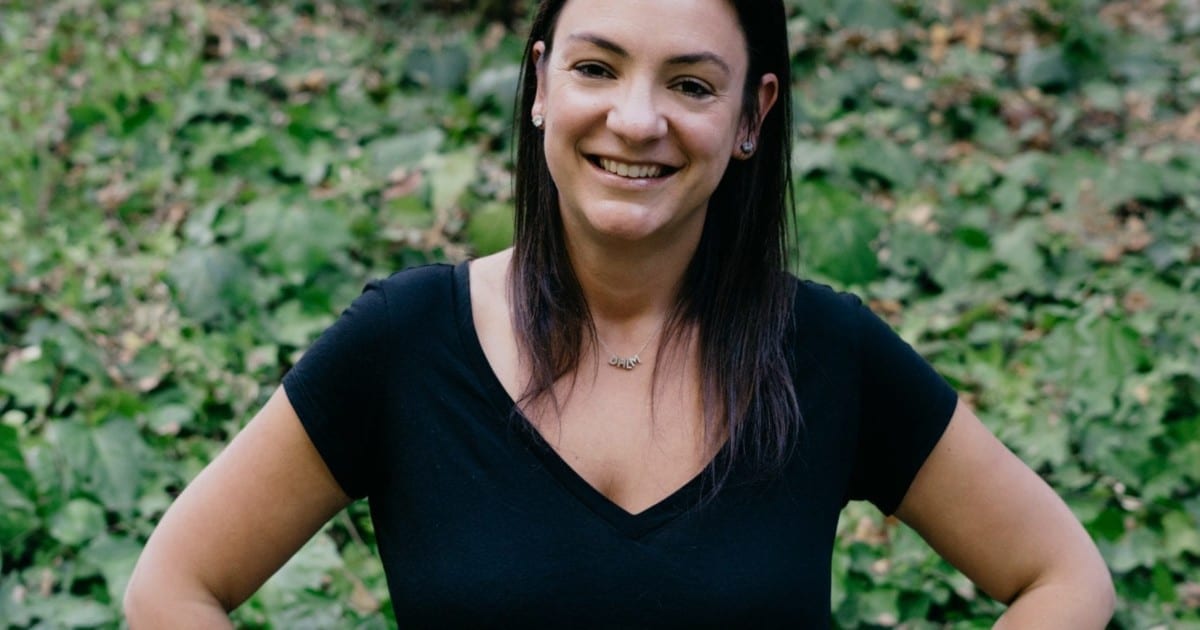As head of student services at ASU, Joanne Vogel has a big job at a large school with a major mission. Her multi-faceted purview within the Educational Outreach and Student Services department runs from mental health services and the Dean of Students Office to student organizations and student conduct.
Despite her wide scope and ASU’s size (75,000 students and another 53,000 online), Vogel tries to stay as close and personal as possible in keeping with a culture that “feels smaller than it is” and a school that stewards its students towards success. According to its charter, ASU measures itself “not by whom it excludes, but by whom it includes,” – a reflection of the pioneering philosophy of its president, Michael Crow, who has made ASU an example of the egalitarian and socially-productive school he describes in his book, “The New American University.”
At ASU, the students’ place is at the center of the university which, in turn, is judged on its ability to help them obtain their degrees. Vogel says there’s a lot that goes into that circle of support, particularly at a campus where students of color, low income students, and first-generation students are the majority. But given that ASU’s first year retention rates are better than the national average, it is clear that its inclusion agenda is paying off.
Vogel says supporting students through to graduation, however they arrived on campus, together with the school’s commitment to its community, undergirds all they do at ASU. This is not to say that her day-to-day doesn’t consist of more specific worries like student mental health, substance use, sexual assault, and student safety, not to mention – COVID 19.
We spoke with Dr. Vogel in the late fall as she and her colleagues continued to work around the pandemic’s disruption while planning for the potentially permanent changes it will bring to student life. Vogel believes ASU is well-positioned for both challenges with its early adoption of technology and its questioning of higher education norms that may no longer make sense. Here is an excerpt from our conversation.
Student services at ASU is a very big part of a very big school. How is it structured?
ASU is massive. Some days it can feel like you’re running a city with all we have going on. But it is amazing to be part of a scope that is so wide. In addition to the Vice President of Student Services, we have two additional vice presidents; one focused on educational outreach and access, what you might think of as the pipeline work. The other is the VP of ASU Prep and ASU Prep Digital, our K-12 preparatory academies and charter school environment. This is all assuming fundamental responsibility for the economic, social, cultural, and overall health of the communities we serve. It is this last part that I really love. We truly are the “New American University.”
This comes directly from President Crow. We talk a lot about being a university of service. We don’t wish to be perceived as an “Ivory Tower” institution that has little to no responsibility for our host community. Everything that is going on in our larger community is ours to concern ourselves with. If the educational environment needs our assistance, we’re there. If the mental health of the community needs attention, then our researchers, our talent, and our time are focused there.
The work we do in K–12 as part of Access ASU is a great example. We run K through 12 schools in two spaces – ASU Prep and ASU Prep Digital, which is really taking off as a result of COVID. Our educational work starts early and is integrated into the university. You’ll see middle schoolers and high schoolers mingling with college students at the student union. It is an incredibly blended and comprehensive model we have.
Tell us more about ASU’s access agenda. How has that impacted the school?
We don’t limit ourselves to the A student which, from a retention and graduation standpoint, is the easier thing to do. We let anyone in who has demonstrated they are ready for university work and we think can succeed here. It is a bit of a gamble to say “We will find a place for you and we will support you through graduation,” and that might bring you down in the rankings, but as President Crow will say, “Anyone who can succeed in an institution should have access to that institution.” In addition, we look at how those with interest who may require more readiness can prepare to enter the environment.
We believe it is the right thing to do for a whole host of reasons. If you look at the outcomes of this strategy on society [there is] higher financial gain, lower crime rates, [and] a whole multi-generational impact to this work. Our students are right with us on this. We have a group called SPARKS and their whole mission is to go out there and spread the word, “If I can make it here, so can you.”
Is that hard to achieve in a school so big?
I think if there is one main ingredient to our special sauce it’s that for a place of our size, it is highly personalized. That comes from the top with messages from President Crow and invitations to email him directly. But we also get really creative around technology. We have chatbots that interact with students and alert people when need be. We think a lot about timely responses because we know that the more time goes by, the more students languish.
What has been your experience with the COVID-19 shutdowns? Given your online programs, did you have a bit of a leg up?
We made a commitment in the summer that we were going to bring back anyone who wanted to come back with strict COVID management protocols in place. We allowed the students to make the choice to be in-person, engage with us online through ASU Sync, or do a hybrid of both. I think it was easier for us to make the transition because we already had such a robust online learning platform, but it is important to remind people that our interactive learning platform is different from our online programs which are asynchronous. Like everyone, we figured out pretty quickly that not everybody was ready to use technology to its full advantage, so we spent a lot of time on training.
Let’s talk about student mental health. Have you seen this impacted by COVID? What about the trauma related to the police killings of Black Americans?
As far as mental health, I’ve actually realized there are problems on both sides related to COVID, whether students came back to school or not. Some parents call me saying “I want my student to come back to campus because I think their mental health is suffering.” Then there are others who say their student is so isolated on campus because of all the protocols, they want them to come home. It is just a really hard time.
We do a connections survey every year and the results indicate to us that loneliness and isolation have gone up and sense of belonging has gone down. It is playing out in the way we had predicted and I have a feeling we’d see similar things in the general population, but I do worry about that. The response for us has been to be creative about increasing the amount of in-person interactions we can provide while limiting the amount of people.
This was particularly important for new students who don’t have large networks. So you’ll see 20 or so people outside all painting together spaced apart. We had a football gathering to watch the game last weekend and we had circles drawn out on the field and big screens and we pulled in groups of 50 at a time.
In terms of counseling, we are doing a lot of tele-therapy which we got up and running really quickly. Our peer-to-peer programs are also particularly strong. We have a whole workforce of students that are “Devils 4 Devils” and they’ve been trained on listening and empathy. Given our size, scope, and staffing levels, the peer support work is really important to our mental health program.
President Crow’s response to the police killings was really immediate. He released a 25-point action plan to better support Black students, faculty, and staff. He used the word Black, specifically, which was really important, because when we talk about our accessibility agenda, there are a lot of different groups who have been underserved and underrepresented, so I think it was particularly important for our Black students to hear our president talk specifically to them.
Student groups are a big part of my work here. I meet monthly with the Council of Coalitions, which are identity and affinity-based groups – the Alliance of Indigenous Peoples, the Black African Coalition, Asian/Pacific American Student Coalition, El Concilio focusing on Hispanic and Latinx students, the Coalition of International Students, Rainbow Coalition, and the Women’s Coalition. Another group that has been really vocal in their needs is our Alliance of Indigenous Peoples who have the most differentiated outcomes. When it comes to student mental health, this is where size is our friend because we have an incredible mix of counselors from all backgrounds. We also have people on staff trained in racial trauma.
We’re also being flexible with some of our programs, like our support circles, which have become very popular. Our Black students wanted their circle to include faculty, staff, and students, which is different than how we’ve run them in the past. This was a moment in time when they said, “We don’t care about your rules and your focus. We want everyone in the community to be part of this.” We were okay with that because if you work in counseling or student affairs you know that most, if not all, of our focus is on the student. But I’ll also say that’s easier to do here than in other places I’ve worked. We do a lot of questioning of rules that no longer make sense.



